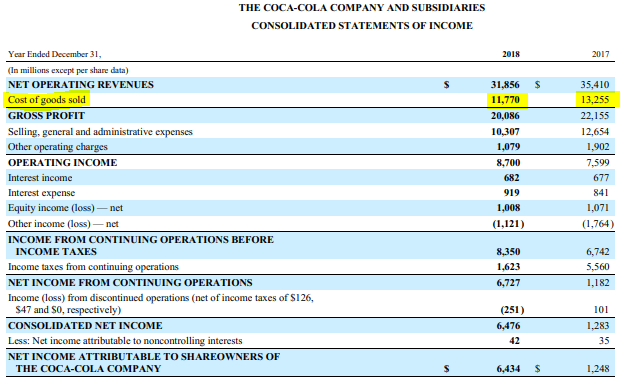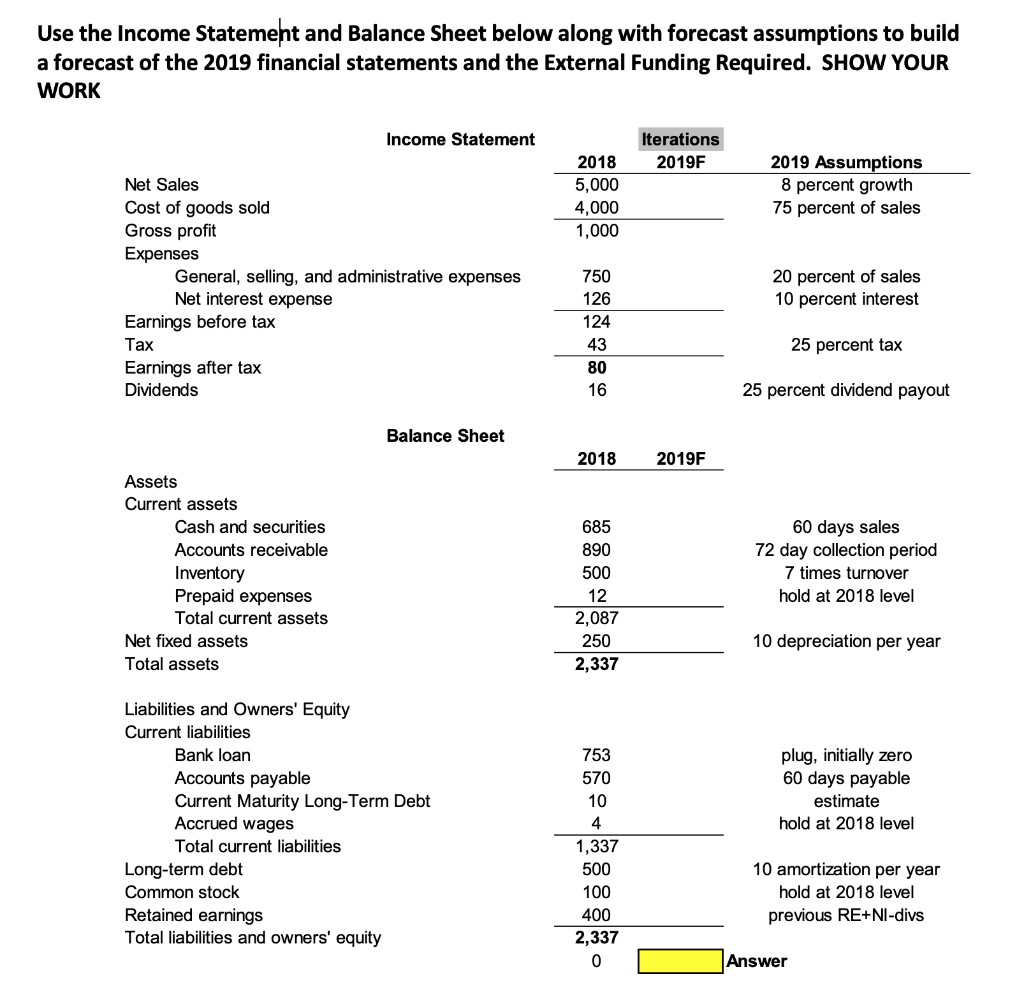
To find cost of goods sold, a company must find the value of its inventory at the beginning of the year, which is really the value of inventory at the end of the previous year. Cost of Goods Sold ExampleĪn e-commerce site sells fine jewelry. You can learn more about these inventory valuation methods and the rules for using them in IRS Publication 538.

Average cost: average cost per item is calculated.LIFO: or “last in-first out.” The last items made or purchased are the first sold.FIFO: or “first in-first out.” The first goods made or purchased are the first sold.Specific Identification: This method is generally used for very high-dollar products to match the actual costs to the specific items in inventory.This change needs to be dealt with to satisfy the IRS. The price to make or buy a product to resell can vary during the year. The formula for calculating inventory turnover ratio is:Ĭost of Goods Sold / Average Inventory = Inventory Turnover RatioĬOGS is also used to calculate gross margin. It’s a reflection of production level and sell-through. Uses of COGS in Other FormulasĬost of goods sold is also used to calculate inventory turnover, which shows how many times a business sells and replaces its inventory. If inventory decreases by 50 units, the cost of 550 units is cost of goods sold. For example, if 500 units are made or bought but inventory rises by 50 units, then the cost of 450 units is cost of goods sold. The cost of goods made or bought is adjusted according to change in inventory.
#COGS BALANCE SHEET FREE#
This free cost of goods sold calculator will help you do this calculation easily. This formula shows the cost of products produced and sold over the year. Ending inventory is the value of inventory at the end of the year. Cost of goods is the cost of any items bought or made over the course of the year. (Beginning Inventory + Cost of Goods) - Ending Inventory = Cost of Goods SoldĪt the beginning of the year, the beginning inventory is the value of inventory, which is actually the end of the previous year. What Is the Cost of Goods Sold Formula? Method OneĬost of goods sold is calculated using the following formula:

According to the IRS, companies that make and sell products or buy and resell goods need to calculate COGS to write off the expense. An income statement reports income for a certain accounting period, such as a year, quarter or month.ĬOGS is usually found on an income statement directly beneath “sales” or “income.” An income statement is also called a “profit and loss statement.” Here’s an example:Ĭost of goods sold is actually a tax reporting requirement. COGS counts as a business expense and affects how much profit a company makes on its products.Ĭost of goods sold is found on a business’s income statement, one of the top financial reports in accounting.

What Is Cost of Goods Sold (COGS)?Ĭost of Goods Sold is also known as “cost of sales” or its acronym “COGS.” COGS refers to the cost of goods that are either manufactured or purchased and then sold. If you don’t have a tax advisor, find one that fits your needs through Taxfyle. If you need income tax advice please contact your tax advisor. NOTE: FreshBooks Support team members are not certified income tax or accounting professionals and cannot provide advice in these areas, outside of supporting questions about FreshBooks. What Is the Cost of Goods Sold Formula?.There are two ways to calculate COGS, according to Accounting Coach. Cost of goods sold is considered an expense in accounting and it can be found on a financial report called an income statement. Sales revenue minus cost of goods sold is a business’s gross profit. Cost of Goods Sold (COGS) is the cost of a product to a distributor, manufacturer or retailer.


 0 kommentar(er)
0 kommentar(er)
